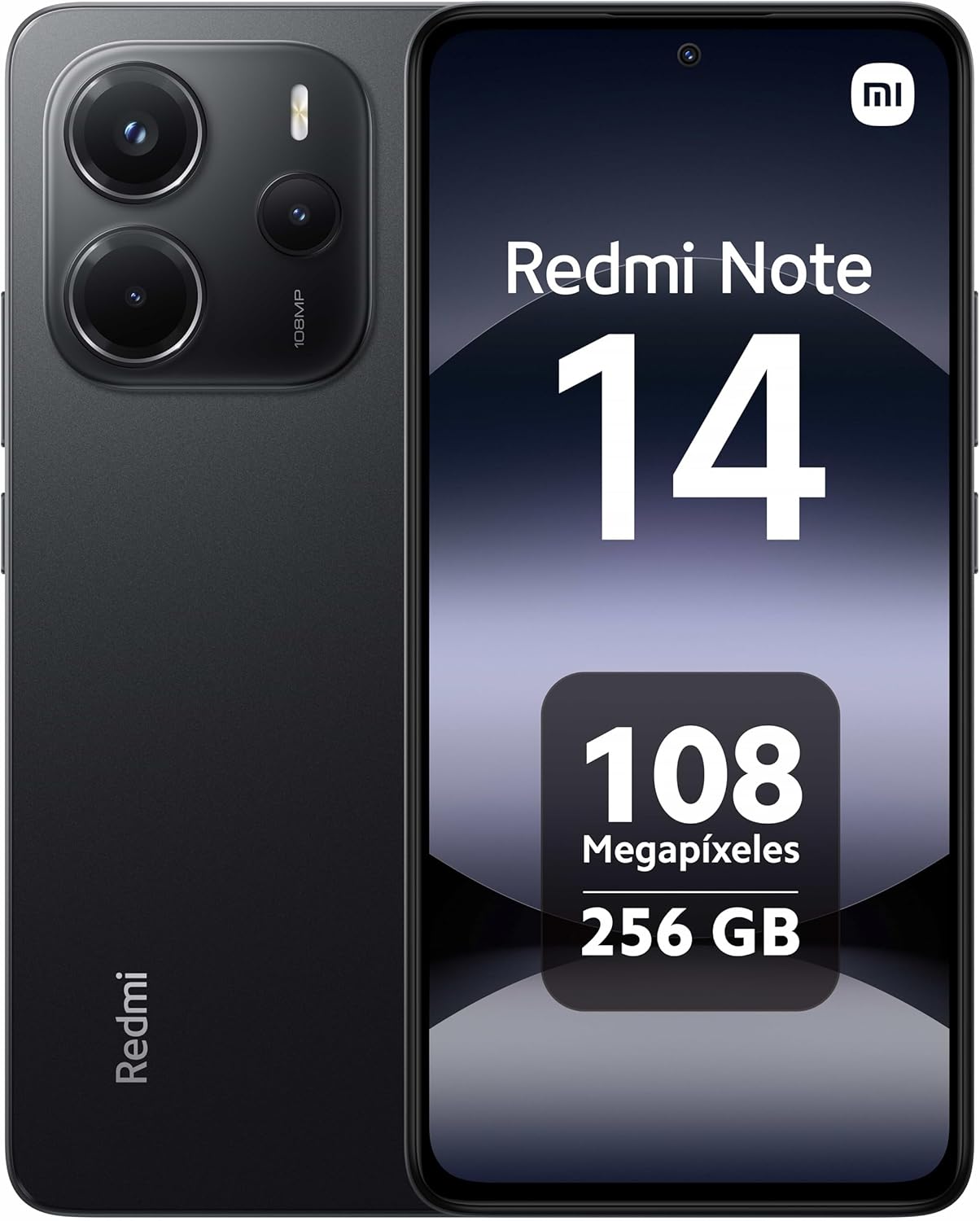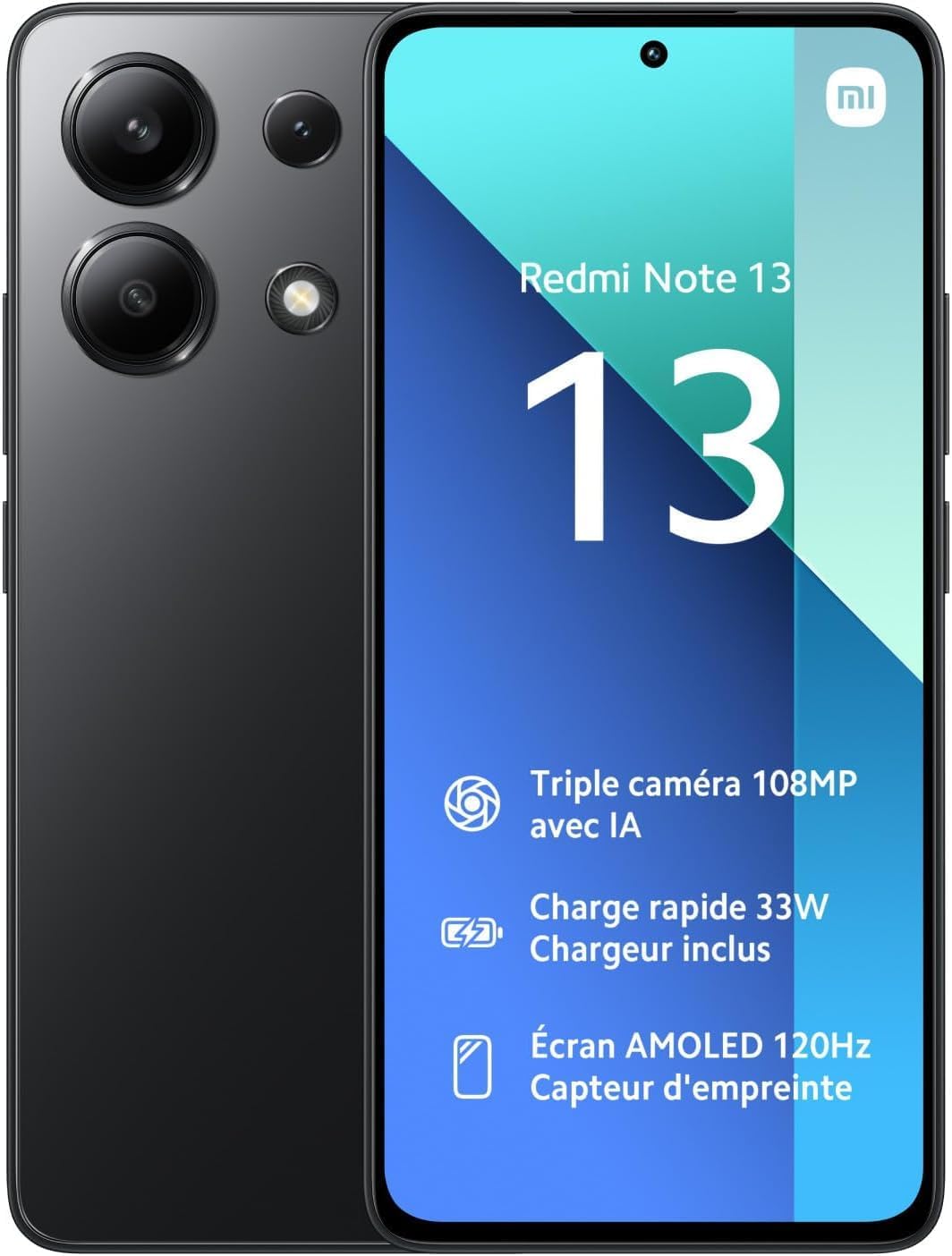We’ve all been there. You buy a phone, feel good about the choice, and bam—a new model drops before you’ve even scratched the screen protector. The Redmi Note 13 barely had time to stretch its legs, and here comes the Redmi Note 14, promising better everything. But how much better is it, really? Is this a genuine improvement, or just a clever shuffle of specs to keep the cycle going?
We’ve tested both, looked at the details you care about, and lived with them long enough to notice the small things. The kind of things that actually change how you use your phone day to day. Yes, the Note 14 has a newer chip, more battery, and some camera tweaks. But it also loses a few things that might matter to you more than you think. Let’s take a closer look together, and by the end, you’ll know exactly which one fits your needs best.
A matte back and cleaner lines, but the design changes are subtle
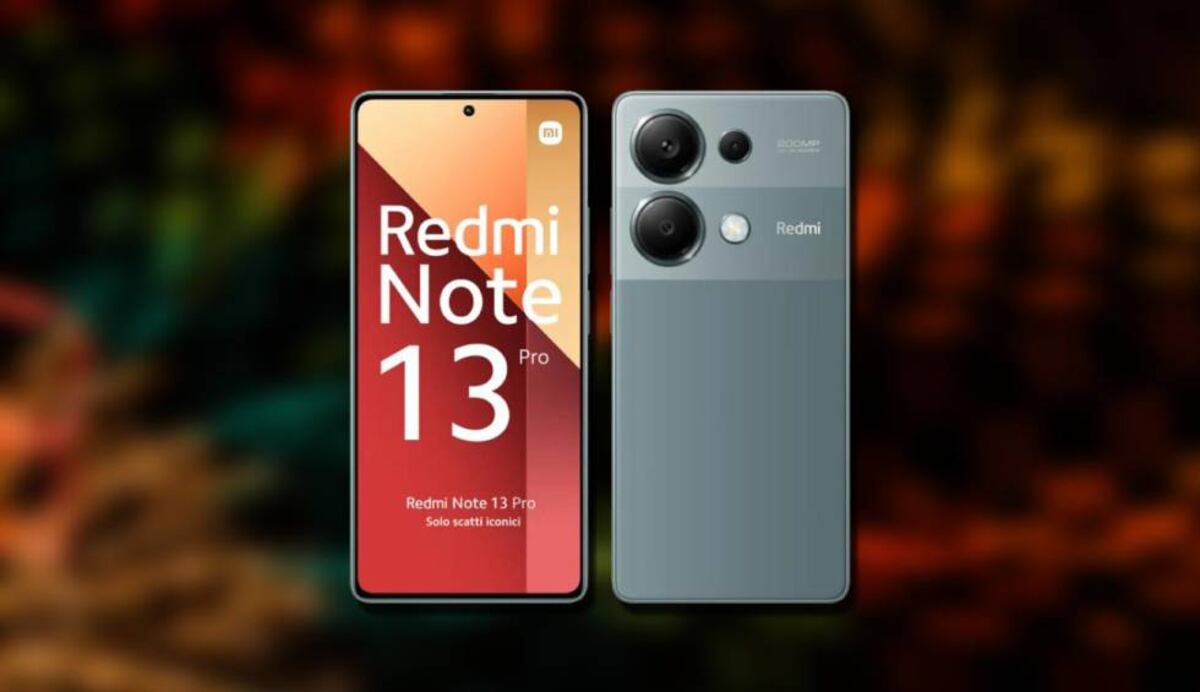
Let’s start with how these phones feel in your hand. There’s no denying it—the Redmi Note 13 wants attention. Its glossy plastic back shines like a mirror, especially under direct light. It looks modern, but every touch leaves a mark. Within a few minutes, you’ve got fingerprints all over it, unless you’re a case person. And honestly, who wants to carry around a cleaning cloth?
Meanwhile, the Redmi Note 14 dials it back with a matte finish that feels softer and shows way fewer smudges. You might find it a little more understated, even boring at first. But in daily use, it’s just more practical. You don’t worry about fingerprints or scratches nearly as much. It’s a trade-off: a bit less flash, but more peace of mind.
Both models keep the same design language—flat sides, curved corners, and the familiar camera module layout. And both come with IP54 water resistance, which is enough to survive a splash or two but not a dunk. Where the Note 14 sneaks ahead is in durability. Its front panel uses Gorilla Glass 5, while the Note 13 is stuck with Gorilla Glass 3. That’s not a minor detail. It means better resistance to drops and scratches, which, let’s be honest, we all need.
Audio upgrades that you feel without expecting them
It’s almost funny how easy it is to overlook sound until you hear something better. Both phones have stereo speakers and a 3.5 mm headphone jack—yes, that’s still alive and well here. But somehow, the Note 14 manages to sound a little more alive.
Volume is louder, clarity is cleaner, and bass is a little fuller. If you watch videos on your phone or like blasting music in the kitchen while cooking, you’ll notice it. It’s not a dramatic leap, but it’s enough that going back to the Note 13 feels flat. We didn’t expect it, but once we heard it, it stuck.
A nearly identical screen… with just a bit more armor
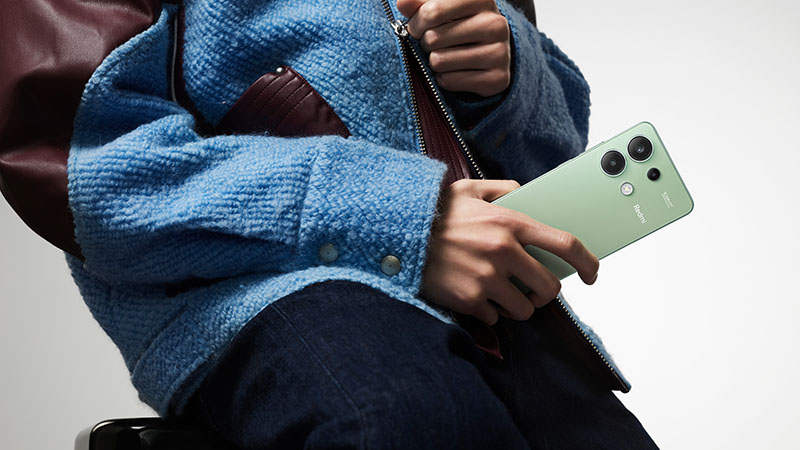
No surprises here—both phones use a 6.67-inch AMOLED display with 120 Hz refresh rate and FHD+ resolution. They’re bright, colorful, and smooth. Peak brightness hits 1,800 nits on both, which is more than enough to see clearly even under bright sunlight. When placed side by side, you’d be hard-pressed to tell them apart.
But when you pick them up, something’s different. The Note 14’s bezels are a bit thicker. Not dramatically, but enough that it feels less sleek than the Note 13. It doesn’t ruin the look, but it takes away some of that edge-to-edge vibe we loved from the previous model.
Still, there’s a reason behind that choice. As we said earlier, Gorilla Glass 5 on the Note 14 adds much-needed toughness, especially if you’re clumsy or hate screen protectors. It’s a form vs. function thing. Sleeker vs. stronger. You can’t have both.
Performance sees a welcome shift, especially for gamers
Here’s where things shift from subtle to obvious. The Redmi Note 13 uses a Snapdragon 685 chip, which is fine for basic tasks—scrolling, messaging, YouTube, social media. It holds its own and doesn’t stutter unless you really push it.
But if you like mobile gaming or just want a faster, smoother phone in general, the Note 14’s MediaTek Helio G99 pulls ahead. Frame rates are more consistent, thermals are better controlled, and demanding games like PUBG or Genshin run with fewer hiccups. Even multitasking feels snappier, thanks to the more optimized CPU-GPU balance.
We noticed fewer delays when switching between apps, and the phone felt cooler under pressure. That’s not just marketing fluff—it’s something you feel when you use both side by side. In benchmark tests, the Note 14 consistently scores higher, confirming what our fingers were already telling us.
Two operating systems, but not for long
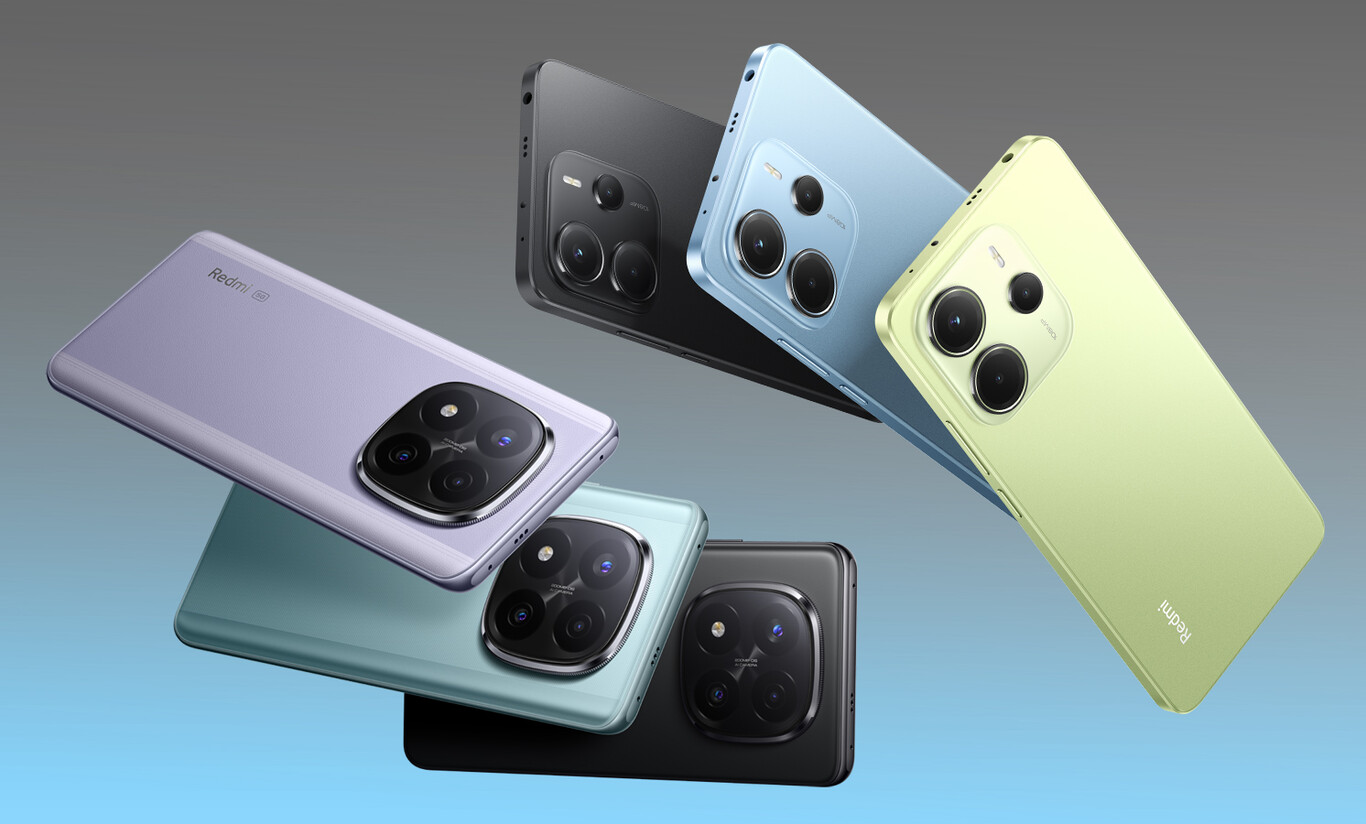
This is where things get a bit confusing. You’d think the newer phone would come with the newer software, right? Nope. The Note 13 ships with HyperOS 2 (Android 15), while the Note 14 still runs HyperOS 1.0.6 (Android 14)—at least for now.
It’s a temporary quirk, and the Note 14 is expected to get the update soon. Still, it’s odd. If you’re someone who always wants the latest UI changes, it might feel like a small step backward, at least initially. Both phones are promised two OS upgrades and four years of security patches, so they’re on even ground there.
What it means is: don’t base your decision on software alone. The Note 14 will catch up soon, and both models are covered for the same update cycle.
Cameras trade features for quality—depends on what you use
Both devices come with a 108 MP main sensor and a 2 MP macro camera. That much hasn’t changed. But the Note 13 gives you something extra: an ultra-wide camera, which the Note 14 ditches in favor of a 2 MP depth sensor.
So you’ve got to ask yourself—do you use ultra-wide shots? If you’re the type who loves fitting a whole landscape or group of friends into one frame, then the Note 13 is better for you. But if you’re more focused on portraits or everyday photos, the Note 14 has a few tricks up its sleeve.
The image processing is more natural and less saturated. Skin tones are closer to life, skies look less cartoonish, and that weird green tint from the Note 13 is gone. Photos feel more balanced overall, especially in indoor lighting.
Then there’s the selfie camera. The Note 13 has a decent 16 MP front cam, but the Note 14 pushes it to 20 MP, and you feel that bump. Selfies are sharper, better lit, and offer a wider field of view, making it easier to squeeze in more people. Perfect for vlogs, calls, or just catching yourself from a good angle.
Video-wise, both are limited to 1080p at 30 fps—so no big wins there. But again, the Note 14 edges ahead with better color correction and white balance, which can make a surprising difference in day-to-day clips.
Battery life is where it starts to feel like a different phone
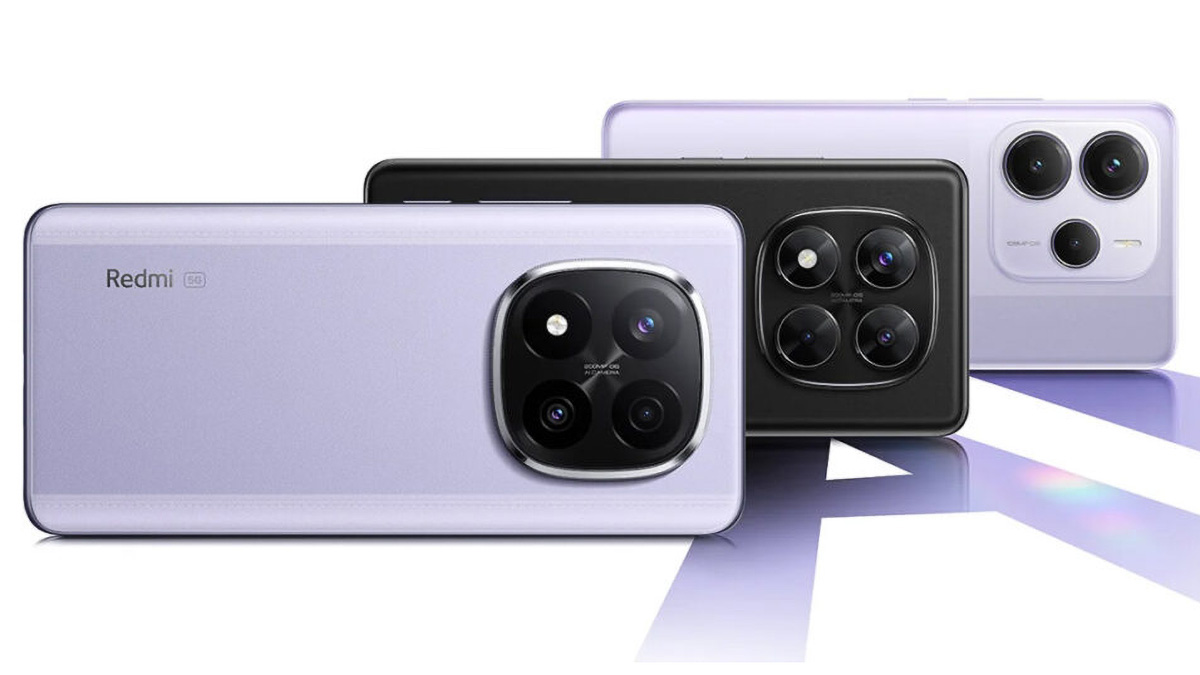
This part’s easy: the Note 14 comes with a 5,500 mAh battery, while the Note 13 sticks with 5,000 mAh. That 10% difference might not sound like much, but it adds up. Combine that with the more power-efficient Helio G99 chip, and you’re looking at a phone that lasts longer between charges.
Both phones support 33 W fast charging, and both come with chargers in the box. Yes, the Note 13 might charge slightly faster because of its smaller battery, but it’s not a dealbreaker. If you’re the kind of person who likes going a day and a half without worrying about battery, the Note 14 makes it easier.
So, is the Note 14 worth it? Depends what you care about most
Honestly, this is one of those comparisons where at first, everything feels like a minor tweak. A little more battery, a bit better camera, slightly improved audio. But use them long enough, and the differences start to feel more meaningful.
The Note 14 is a safer bet if you want a tougher screen, longer battery life, and better selfies. It doesn’t reinvent anything, but it polishes the right edges. Its performance is smoother, its camera tuning is more natural, and it’s simply more pleasant to use over time.
Still, there are things we miss from the Note 13. The ultra-wide camera is one of them. We didn’t think we’d miss it, but there were moments—big group photos, sweeping landscapes—where we felt its absence. And yes, that glossy design still has some flair, even if it’s a fingerprint trap.
What surprised us the most was the software mismatch. You’d expect the newer model to come with the newer OS, but no. That threw us off, even if it’s just a temporary issue.
So if you’re already on the Note 13, and you love that ultra-wide lens or care more about aesthetics than camera tuning, maybe stick with it for now. But if you’re choosing between the two, or looking for something that’ll last longer and handle daily use more comfortably, the Note 14 is the one to get.
Unless, of course, Xiaomi drops the Note 15 in two months. Then we’ll be back here again.

